I am using UICollectionView in my UIViewController.
My collectionview properties are set as below.

Now I would like cell to be Centre on screen after scroll! Option 1:

Option 2:

What would I have to do achieve option 2?
UPDATE:
In the end I have used following code as scrolling with other answer is not smooth.
- (CGPoint)targetContentOffsetForProposedContentOffset:(CGPoint)proposedContentOffset withScrollingVelocity:(CGPoint)velocity
{ CGFloat offsetAdjustment = MAXFLOAT;
CGFloat horizontalCenter = proposedContentOffset.x + (CGRectGetWidth(self.collectionView.bounds) / 2.0);
CGRect targetRect = CGRectMake(proposedContentOffset.x, 0.0, self.collectionView.bounds.size.width, self.collectionView.bounds.size.height);
NSArray* array = [super layoutAttributesForElementsInRect:targetRect];
for (UICollectionViewLayoutAttributes* layoutAttributes in array) {
CGFloat itemHorizontalCenter = layoutAttributes.center.x;
if (ABS(itemHorizontalCenter - horizontalCenter) < ABS(offsetAdjustment)) {
offsetAdjustment = itemHorizontalCenter - horizontalCenter;
}
}
return CGPointMake(proposedContentOffset.x + offsetAdjustment, proposedContentOffset.y);
}